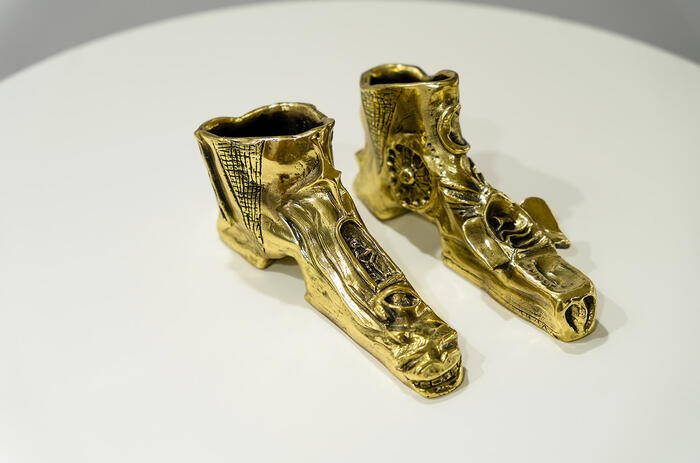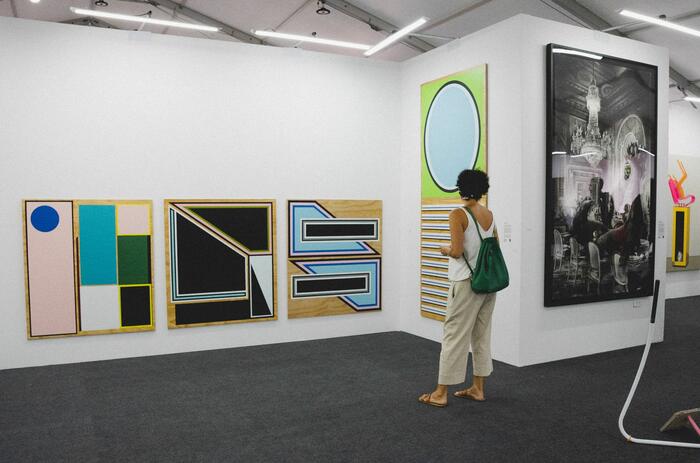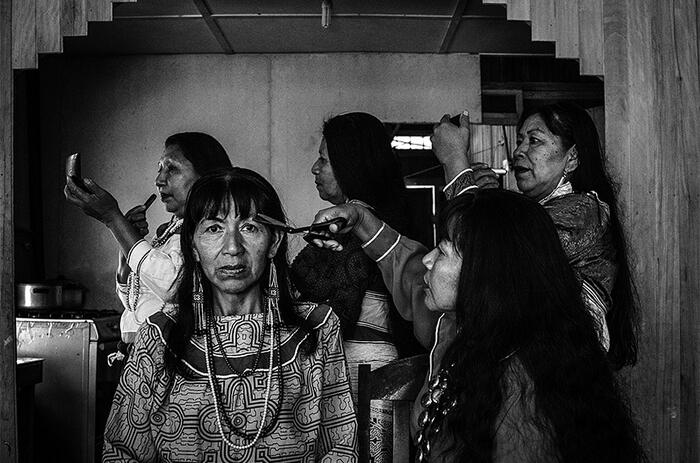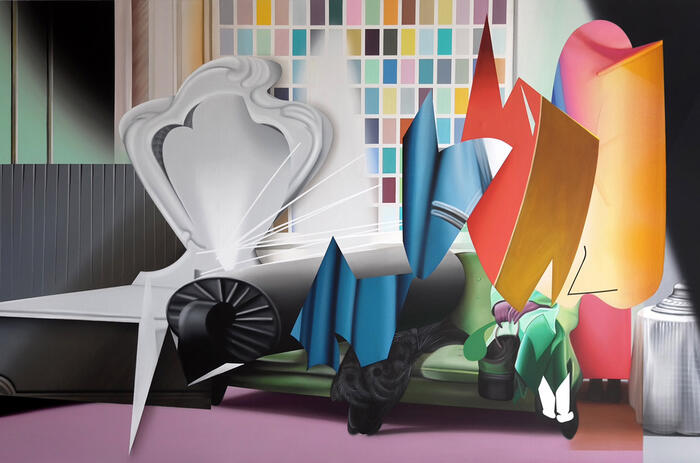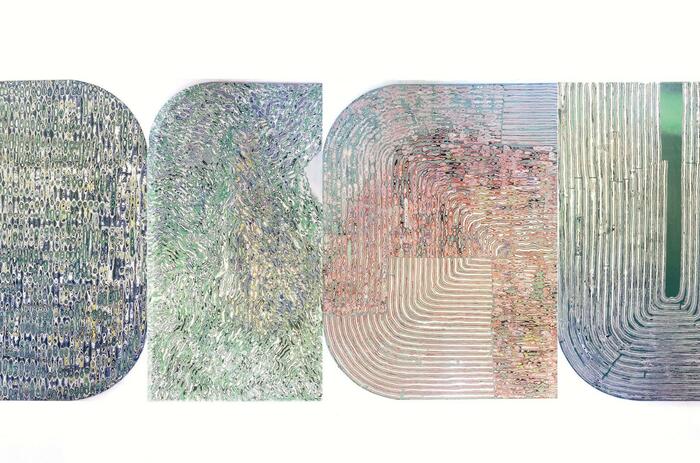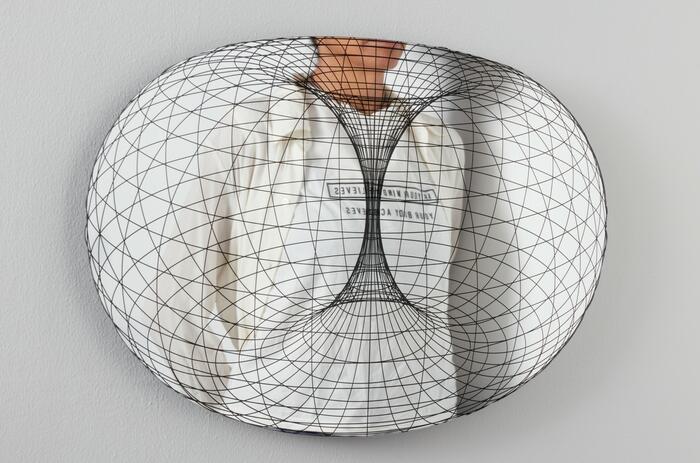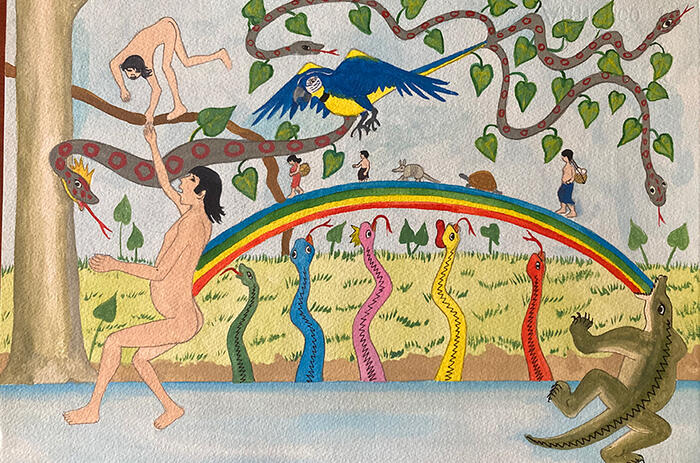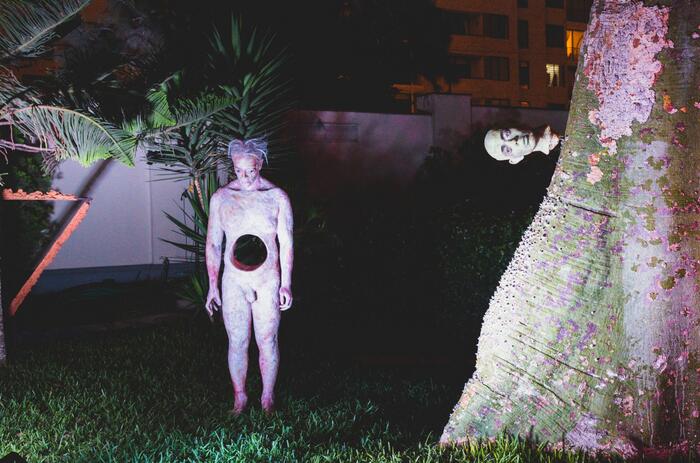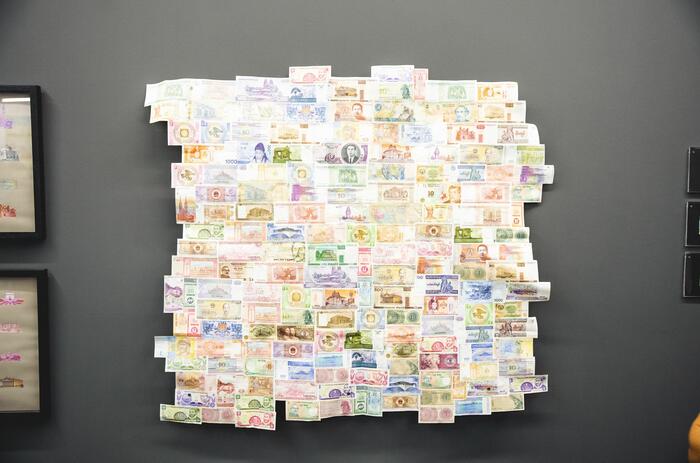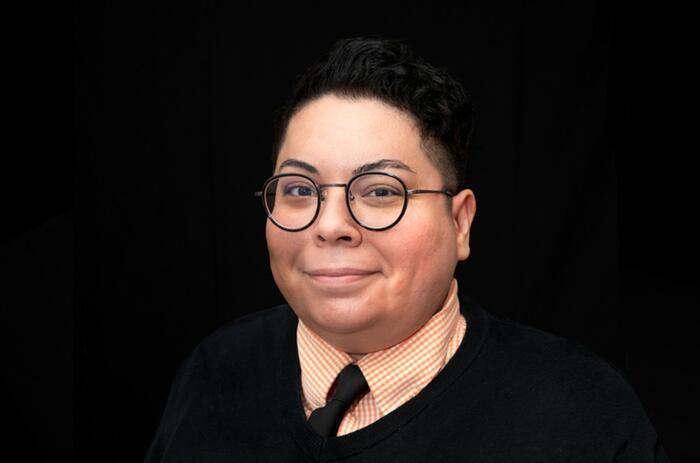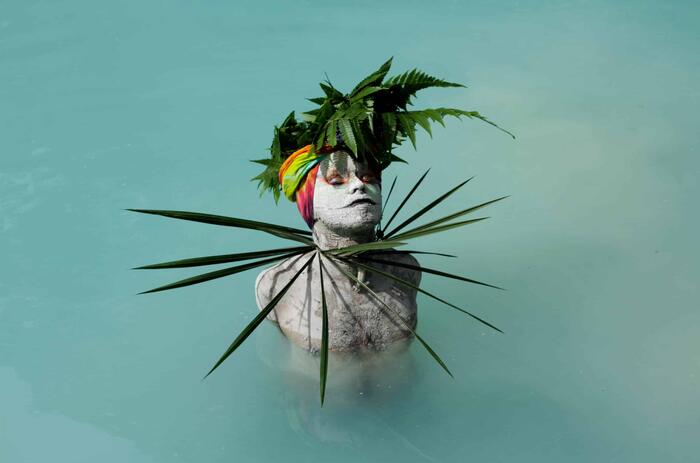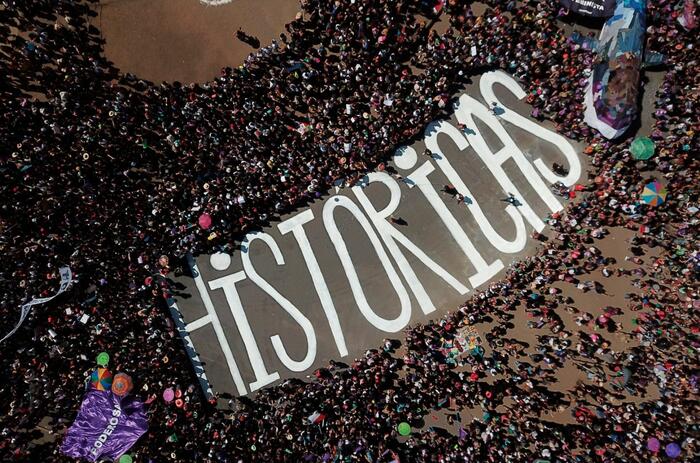LATIN AMERICAN IDENTITY IN CONTEMPORARY ART AND CRITICISM. INTERVIEW WITH GERARDO MOSQUERA
Gerardo Mosquera is a Cuban-born art historian, critic, and curator. He is recognized for his contributions to the field of Latin American art and has worked extensively in the international art world.
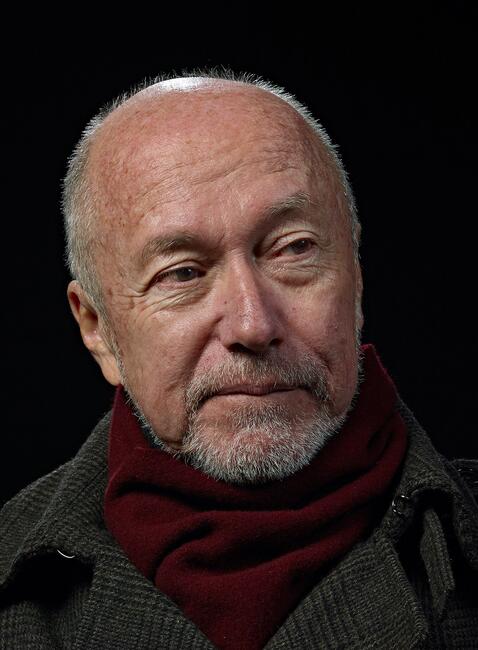
He is the editor of the book Beyond the Fantastic, published in 2021, an anthology of texts by various Latin American authors that, in the words of Mosquera, seeks to “make known in English the thinkers who were transforming the prevailing paradigms about art in Latin America. ”. On this occasion, we interviewed Mosquera in the framework of his participation in the Pinta PArC 2023 Talk Forum, curated by Miguel A. López. An international platform for meeting and debate on the changing dynamics of artistic production, art history, research, museums and collecting in Latin America in recent decades.
How did your Cuban background influence your vision of Latin American art?
It's hard to pinpoint exactly how my Cuban origin influenced my view of Latin American art. Perhaps being Cuban is at the base of my open-mindedness towards cultural difference, and beyond that, towards any difference. Cuba, where I was born and raised, is a Caribbean country and therefore an area historically characterized by diversity, hybridization, participation, and an open coast. There is also the experience of the Cuban Revolution. I was the "ideologist" of a new generation of artists who broke the dogmatic status quo prevailing on the island in the early 1980s, launching a renewing and critical art. This free, reflective, and challenging edge extends to this day, to the point that there are artists and colleagues imprisoned and exiled for exercising critical thinking. All of this experience sparked my interest in the social role of art. I am more interested in centrifugal art that opens up to social, cultural, personal, and environmental issues, without excluding other directions, as art possesses a multiple and polyphonic diapason
What was your intention in composing Beyond the Fantastic? What criteria did you consider when editing and choosing the essays and writings that make it up?
To introduce to the anglophone world Latin American thinkers who were transforming prevailing paradigms since the 1960s, when Marta Traba published the first book focusing on Latin American art with a totalizing vision, giving it a conceptual unity. From her and for two decades, a Latin Americanist visual critique set the pace, building a discourse on the particularity of the region's art in relation to culture and society. The authors included in Beyond the Fantastic emerged from this process, repositioning it in response to a new era, within the framework of the critique of modernity. In some matters, they reformulate it; in others, they deny it. Still, even when they introduce completely innovative visions and strategies, their discourses continue to be centered on Latin America as a specific field. The publication gave identity to this new thinking, which appeared scattered. Moreover, the volume presents an idea of Latin America in its complexities and even contradictions, in contrast to the totalizing stories that had prevailed.
The book groups 22 essays by 20 authors from 15 countries. It is interesting to note that 35% of the writers are women, a high figure for the time. Also, the presence of critics who today we would call Latinx, that is, Latinos in the United States, and the inclusion of a francophone Caribbean author, an area often left out when discussing Latin American art. The selection aimed to be inclusive within its object, without detracting from the value of the anthologized texts.
How did Beyond the Fantastic affect Latin American art criticism in the global context?
The volume provided enormous international visibility to the new Latin American critique, its ideas, art, and culture. It has been the best-selling book of the Institute of International Visual Arts, which published it in London in 1995. Soon after, MIT Press bought the edition, and has distributed it since then under its label. It is part of the curriculum of numerous universities in the Anglophone world and other countries. The use of the words "from here" in the subtitle referred to discourses created from Latin America with global agency: it identified the anthologized authors as active participants in the construction of "global" thought.
It is interesting to point out that Professor Rodrigo Gutiérrez Viñuales, to whose enthusiasm the publication of the book in Spanish by the Editorial of the University of Granada is due, and who edited and prefaced it, did not do so only for the possible historical significance of the volume, but because of the validity that he found in the anthologized texts. It is due not only to the fact that all the authors, except for the case of the Chicano thinker Tomás Ibarra Frausto, who died in 2012, are active and exerting influence, but also because they opened a direction of thought that continues to expand to this day.
Is there something in particular that you are excited to discover these days in Peru?
Peru has always attracted me as a complex area, with sophisticated and purposeful thinking. In Beyond the Fantastic two Peruvian authors were anthologized: Gustavo Buntinx and Mirko Lauer. My aspiration is to catch up with the latest plastic production in the country. I am very grateful to Miguel López for the invitation to present the book at the fair and also for allowing me to get to know Peruvian art today.

